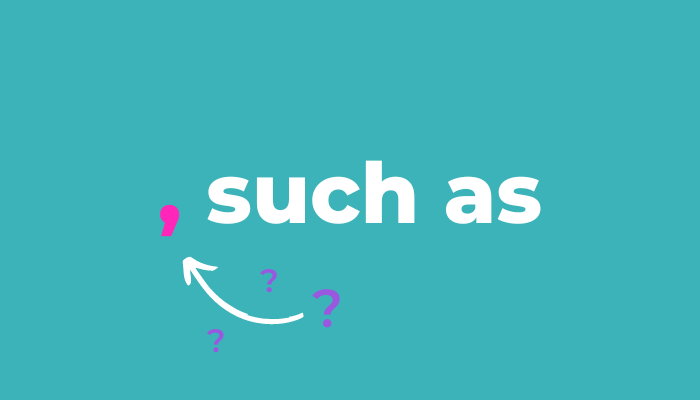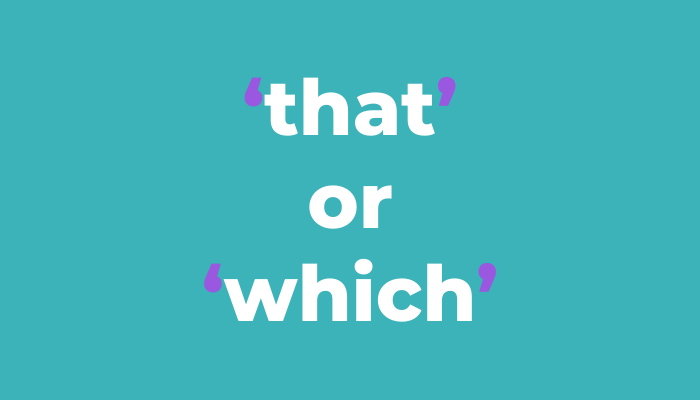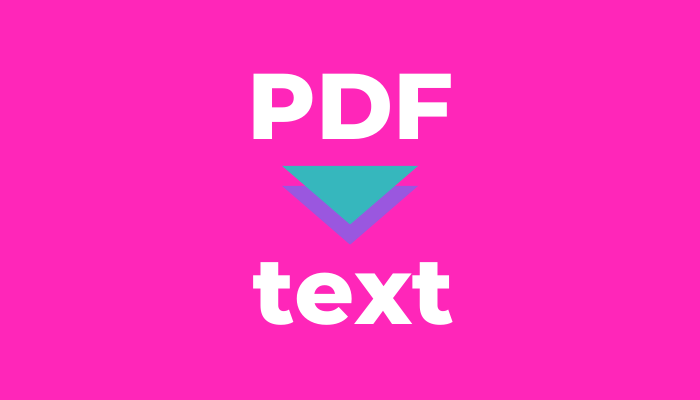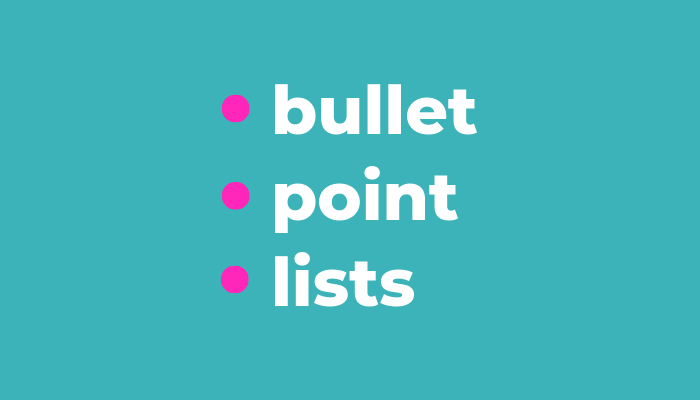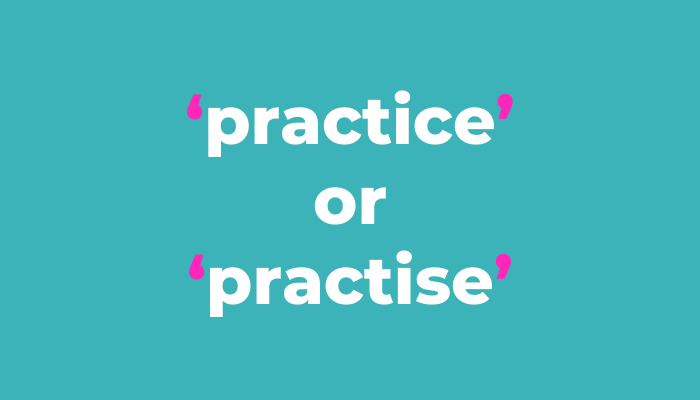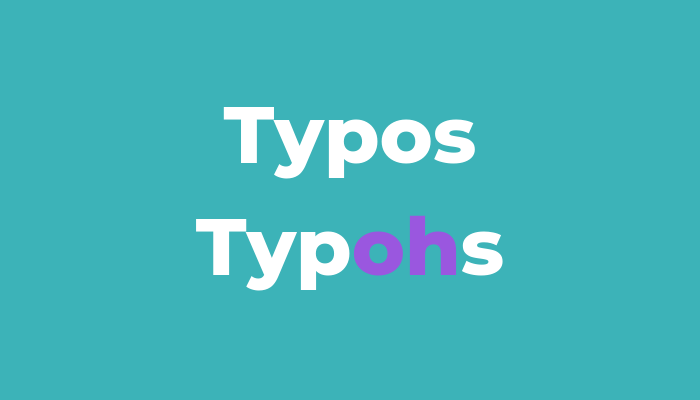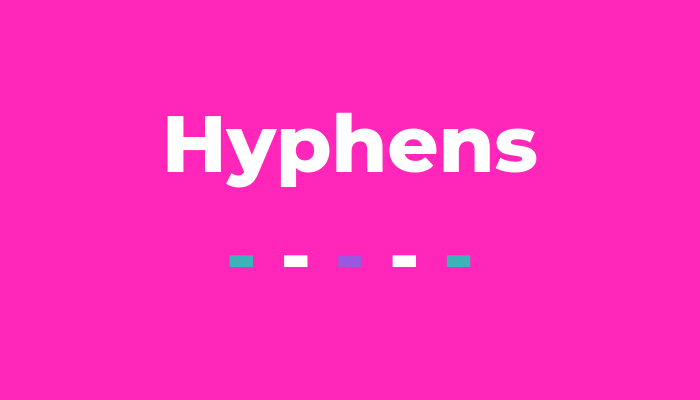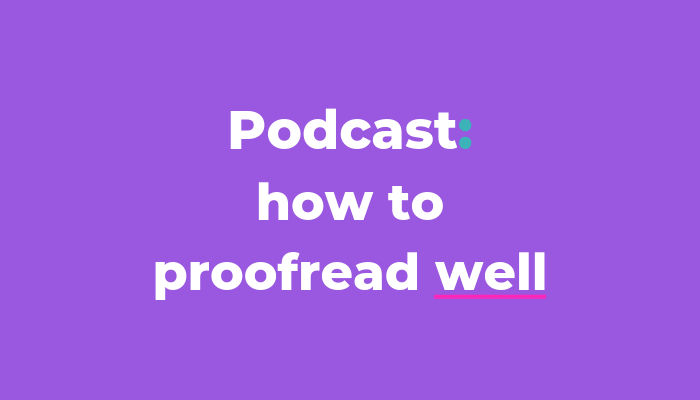How to use a colon and semicolon
Colons causing you confusion? Stumped by semicolons? Expecting more alliteration? These punctuation pals get us in a knot because they look similar, but they’ve different purposes to give clarity, structure and style to your sentences.
We’re going straight into the colon first (gulp!) before we break down the semicolon.
This is a colon :
A colon introduces information.
How I remember it: Those two dots are two hands offering up the next piece of information or idea.
Here are the four main ways you can use a colon to direct your readers.
1. Introduce a list
Example: I’ve really missed three things since being in lockdown: breakfast burritos, pick ‘n’ mix and coffee catch-ups.
2. Introduce an idea
The text before the colon sets up the idea or information. The text after it explains it or offers an example.
Example: The thing that scares me the most: being late to the free buffet.
3. Add emphasis
It’s punctuation that adds punch. Or a pensive pause.
Example: Dazzle your dinner party guests with this dessert classic: mint Viennetta.
(Maltesers stirred into butterscotch Angel Delight was too long for the example.)
Pssst a little note on 2 & 3…
If your writing’s more conversational, a colon can come across a tad formal. Instead, the en dash [–] guides your reader to one side ready for you to share an afterthought, aside or a glimpse into that monologue in your mindhole.
4. Introduce speech & quotes
Example: The Oxford Style Guide states: ‘The colon points forward: from a premise to a conclusion, from a cause to an effect, from an introduction to a main point, from a general statement to an example.’
Example: Lorraine asked: ‘Not sure how to use semicolons? Read on.’
This is a semicolon ;
A semicolon joins information. It’s the middly punctuation mark that falls between a full stop and a comma.
How I remember it: It’s used in place of a full stop and a comma. And it’s made from a full stop and a comma!
Here are the three ways we tend to use them.
1. Join connected ideas
It’s a stylistic device that connects two ideas with a pause that’s stronger than a comma but not as final as a full stop.
Because it replaces a full stop, the text can be written as two separate sentences. And because it replaces a comma, it can also be written as one long sentence that’s joined by a comma then a ‘but/and’ to connect them.
This makes the semicolon handy for mixing up sentence structure.
So, you could write it with a full stop: All I had to make lunch was Quorn mince, celery and a veg Cup a Soup sachet. It was revolting.
With a comma and conjunction: All I had to make lunch was Quorn mince, celery and a veg Cup a Soup sachet, and it was revolting.
Or with a semicolon: All I had to make lunch was Quorn mince, celery and a veg Cup a Soup sachet; it was revolting.
I rarely use the semicolon this way. I prefer a punchy full stop.
(If you take one thing away from this post, don’t EVER make that meal. And for a second thing… these proofreading guides might be up your alley.)
2. Separate long phrases in lists
Some lists are short, snappy and clear. Like that one. The commas neatly separate each list item. But if each item in the list is a long phrase? Commas make it harder to separate the information and easier to lose track. We want smooth.
Example: The three things I daydreamed about most during lockdown were breakfast burritos made by someone who is NOT me; the sickly saccharine choice of a Wilko pick ‘n’ mix even though I’ve only bought a tub twice in three years; and lazy weekend coffee catchups that lead to a lazy weekend brunch and a lazy weekend afternoon salted caramel brownie and flat white fix.
3. Separate list items when the phrase includes a comma
A comma-packed sentence can be a bugger to follow. Especially in a list. Here the semicolon replaces the commas that separate the list items so each is clearly defined.
Example: Three cracking books I’ve read recently are Playing Big, Tara Mohr; Step up, Phanella Mayall Fine and Alice Olins; and The Middle Finger Project, Ash Ambirge.
Pssst a little note on this 2 & 3 now…
Depending on the type of content you’re writing, get rid of a beastly sentence by breaking the information down into bullet points. Bullets add white space and get rid of punctuation clutter for a clean read.
Semicolons still semiconfusing?
If you still don’t feel confident enough to use semicolons, don’t use semicolons! Keep it simple and go with what feels most comfortable to you or appropriate to the copy.
Your clients aren’t trawling through your creative campaigns, sales funnel copy or ebook draft to make sure you’ve included a smattering of symbols.
Overcompensating can lead to overcomplicating.
And if you’re not so sure how to use them but use them anyway? That’s when you risk sounding like you’re not sure how to use them. So don’t. Go for shorter sentences. Or use bullet points.




